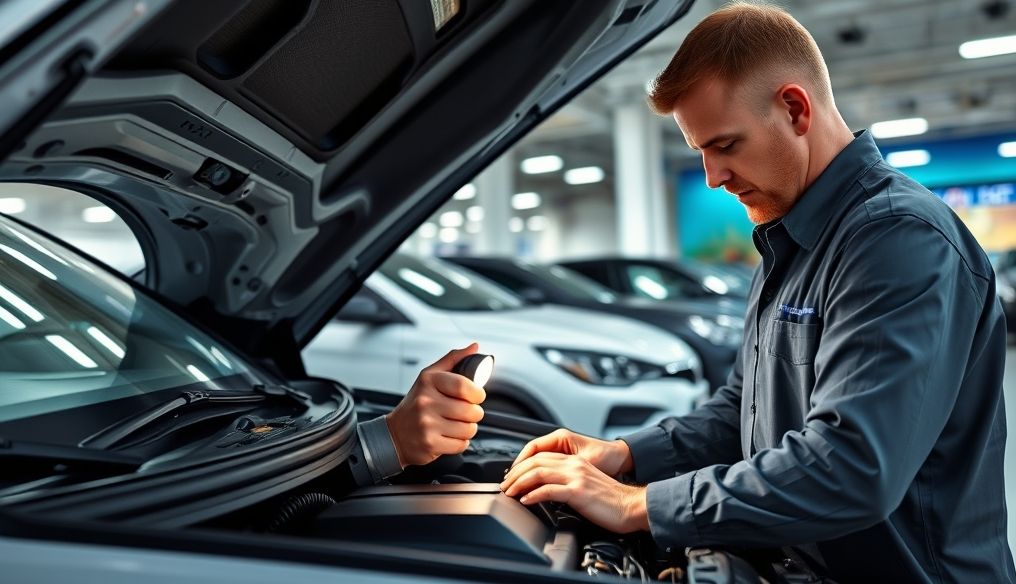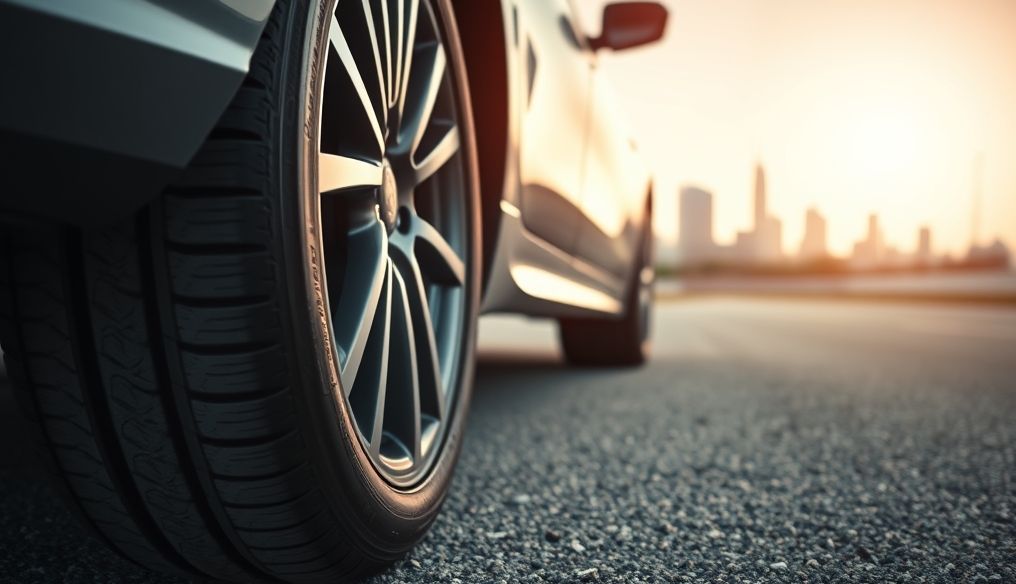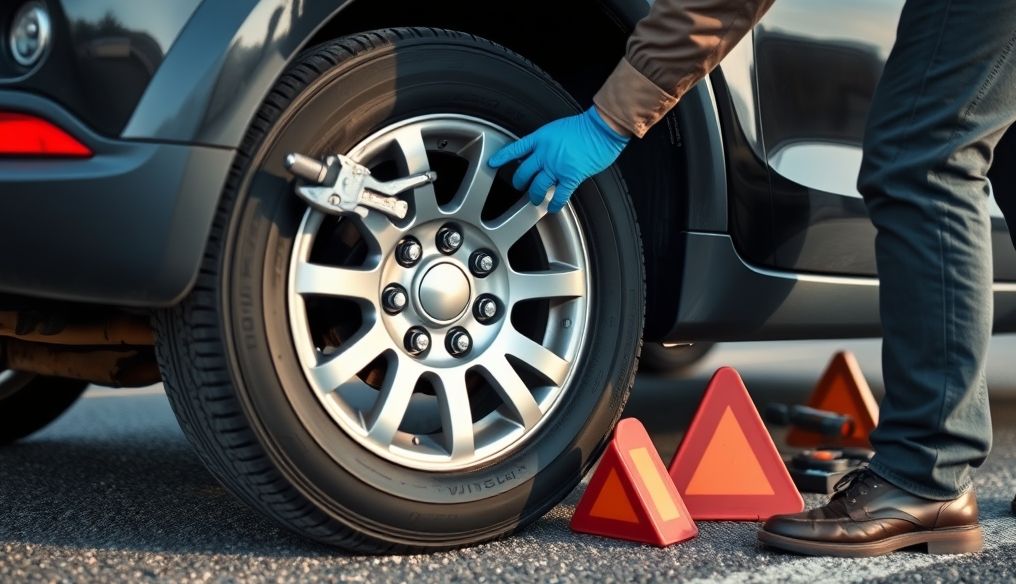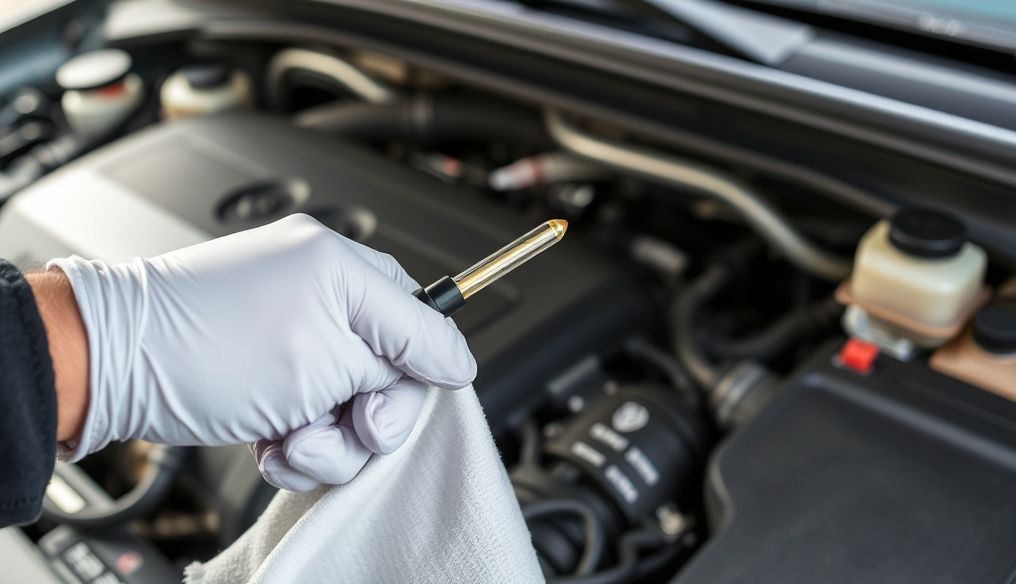What are the Top 5 Things to Check When Buying a Used Car to Avoid Regret?
Buying a used car can be a financially smart choice, but it's also fraught with risks. To ensure you get a good deal and avoid costly problems later, it's essential to conduct a thorough inspection of the vehicle before purchasing. This inspection doesn't always require you to be a mechanical expert; it's enough to be aware of some basic points to focus on. In this article, we'll review the top 5 things to check when buying a used car, with a detailed explanation of each point and its importance.
1. Inspect the Exterior and Paint: Does the Appearance Hide Serious Flaws?
The exterior of the car is the first thing you see, but it can reveal a lot about the car's history and how it has been cared for. Start by carefully inspecting the paint. Look for any signs of repainting, such as differences in color or texture between different parts. These signs may indicate that the car has been in an accident and repaired. Also, check for any scratches, dents, or rust. Rust, in particular, can be a sign of serious structural problems.
Importance of Inspecting the Exterior:
- Detecting Previous Accidents: Poorly executed repairs can hide structural damage that affects the car's safety.
- Identifying Signs of Neglect: Rust and deep scratches may indicate that the previous owner did not take good care of the car.
- Evaluating the Car's Value: The condition of the exterior significantly affects the car's market value.
Don't forget to check the tires. Make sure the tires are matching and have sufficient tread depth. Worn tires can be dangerous and require costly replacement.
2. Inspect the Engine: The Beating Heart of the Car
The engine is the most important part of the car, and any problems with it can be extremely expensive. Start by checking the oil level. The oil level should be between the minimum and maximum marks on the dipstick. Also, look for any signs of oil leaks. Oil leaks can indicate problems with gaskets or seals.
Basic Engine Inspection Steps:
- Start the Engine and Listen to It: The engine should start smoothly and run quietly. Look for any unusual noises, such as knocking or squealing.
- Check the Exhaust Smoke: The exhaust smoke should be light and uncolored. Blue smoke indicates oil burning, white smoke indicates problems with the cooling system, and black smoke indicates problems with the fuel system.
- Check the Coolant: Make sure the coolant level is adequate and the fluid is clean.
If you're not sure how to inspect the engine properly, it's best to ask a qualified mechanic to perform a thorough inspection.
3. Inspect the Transmission (Gearbox): Does It Shift Smoothly?
The transmission is responsible for transferring engine power to the wheels. Make sure the transmission works smoothly. If the car has a manual transmission, try shifting through all the gears. The shifts should be smooth and easy. If the car has an automatic transmission, observe how the gears change. The gears should change smoothly and without any delay or jerking.
Signs Indicating Problems with the Transmission:
- Difficulty Shifting Gears: This may indicate wear on the gears or problems with the clutch (in manual cars).
- Strange Noises While Shifting Gears: This may indicate damage to the gears.
- Delay in Shifting Gears (in Automatic Cars): This may indicate problems with the control valves or a lack of transmission fluid.
4. Inspect the Suspension and Brakes: Safety First
The suspension and brakes are essential for the car's safety. Start by checking the brakes. Press the brake pedal firmly. The pedal should be firm and not sink to the floor. Also, listen for any unusual noises while pressing the brakes, such as squealing or grinding. These noises may indicate worn brake pads or problems with the brake rotors.
Inspecting the Suspension:
- Visual Inspection: Look for any signs of damage to the shocks or struts.
- Test Drive: Observe how the car behaves when driving on an uneven road. The ride should be relatively smooth. If the car bounces excessively or vibrates, there may be problems with the suspension.
5. Inspect the Interior and Electronics: Comfort and Functionality
The interior is where you'll spend most of your time in the car, so it's important that it's comfortable and in good condition. Start by checking the seats. Make sure they are comfortable and not torn. Also, check all the electronics, such as the radio, air conditioner, and power windows. Make sure they work properly.
Additional Points to Check in the Interior:
- Check the Air Conditioning System: Make sure it cools the air effectively.
- Check the Heating System: Make sure it heats the air effectively.
- Check All the Lights: Make sure all the interior and exterior lights work properly.
Don't forget to check the odometer. Make sure the mileage recorded is consistent with the car's age and overall condition. If the mileage is unusually low, there may be odometer tampering.
Additional Tips Before Buying
- Ask for the Car's Maintenance Record: The maintenance record can give you a good idea of how the car has been cared for.
- Take the Car to a Qualified Mechanic for Inspection: A qualified mechanic can detect problems that you may not notice.
- Don't Hesitate to Negotiate the Price: If you find any problems with the car, use them as leverage to negotiate the price.
Buying a used car requires some effort and research, but with careful inspection and following the tips mentioned above, you can increase your chances of getting a good deal and avoiding regret later.




